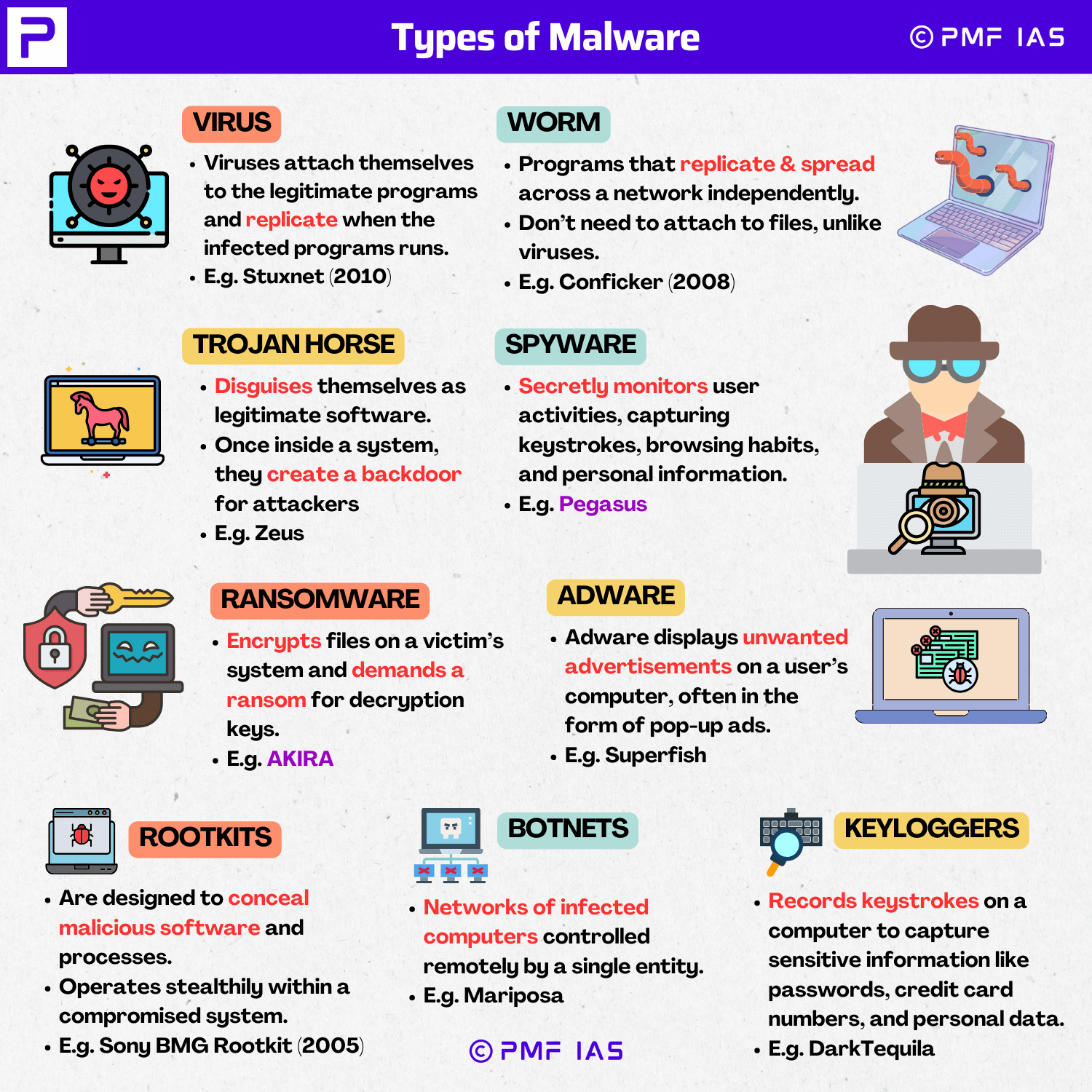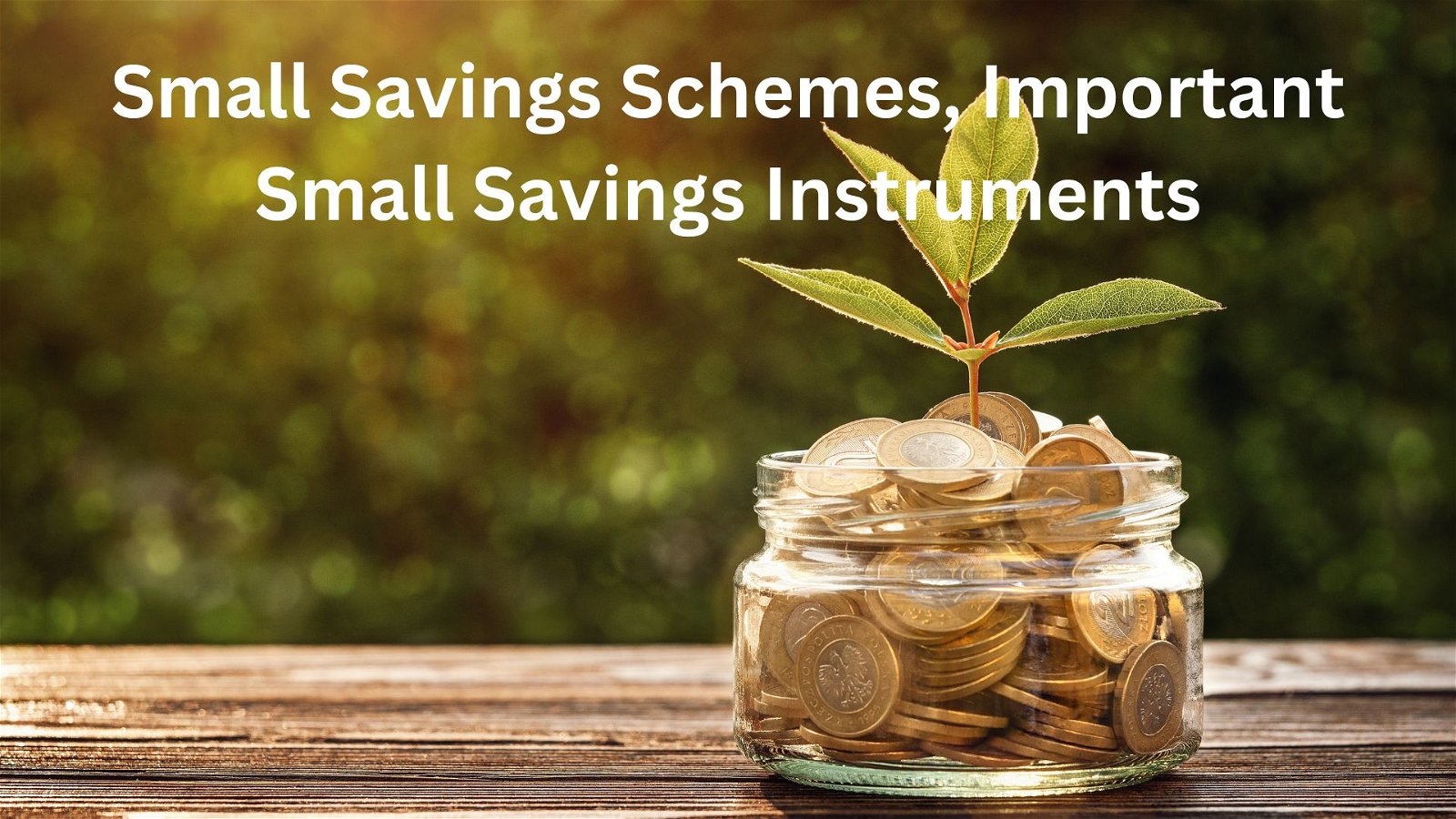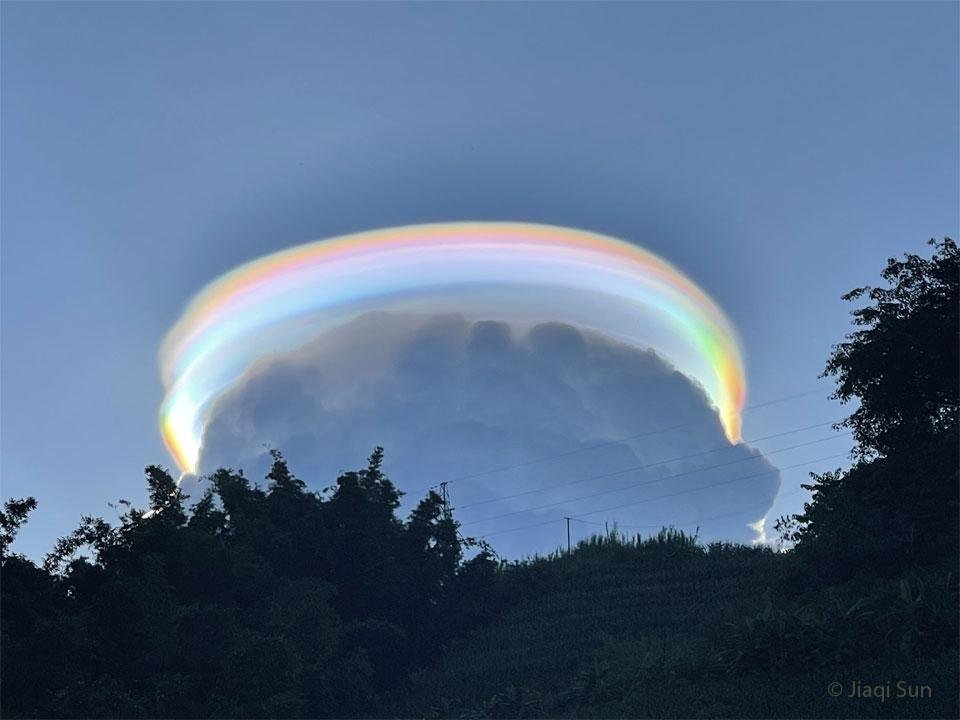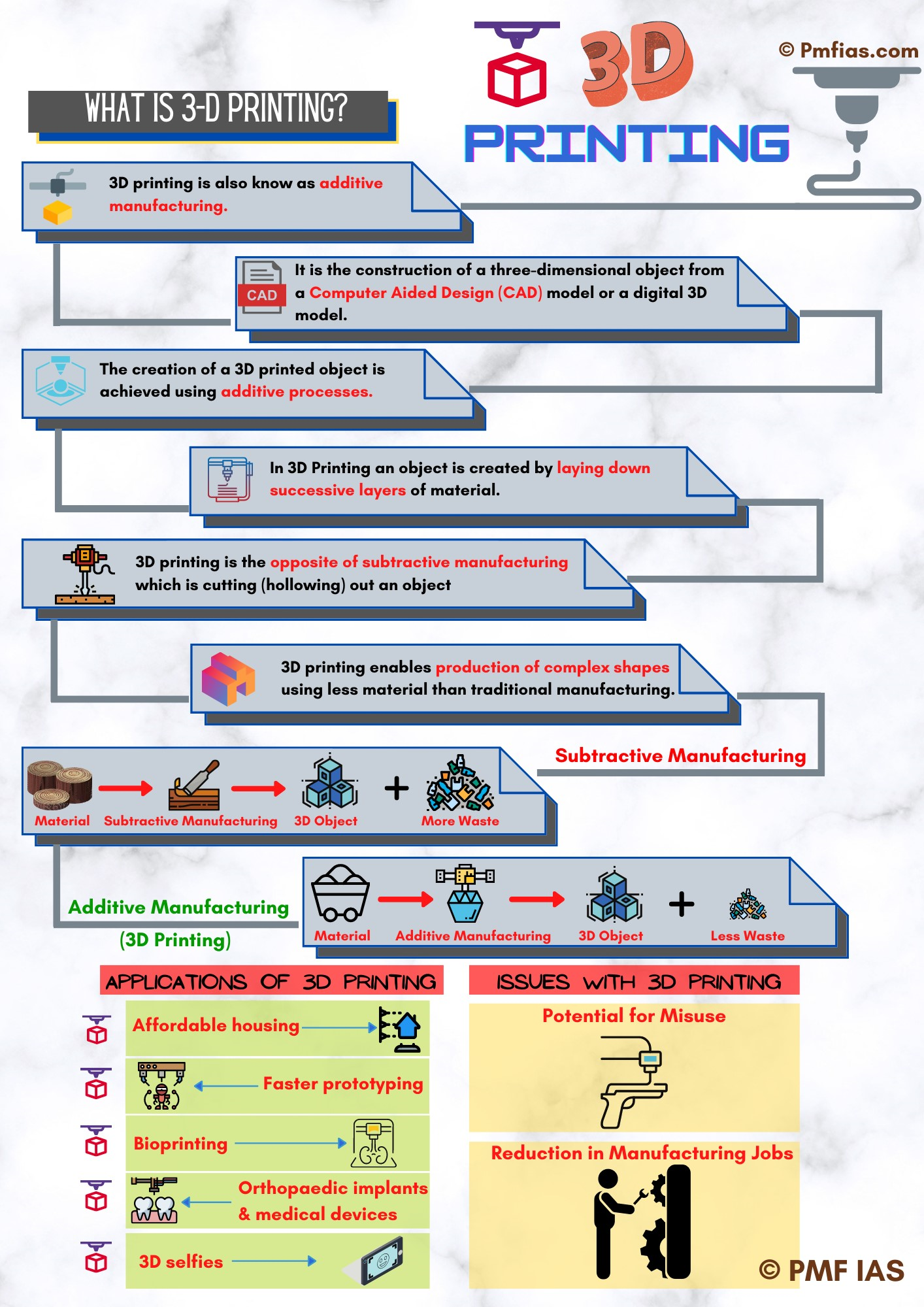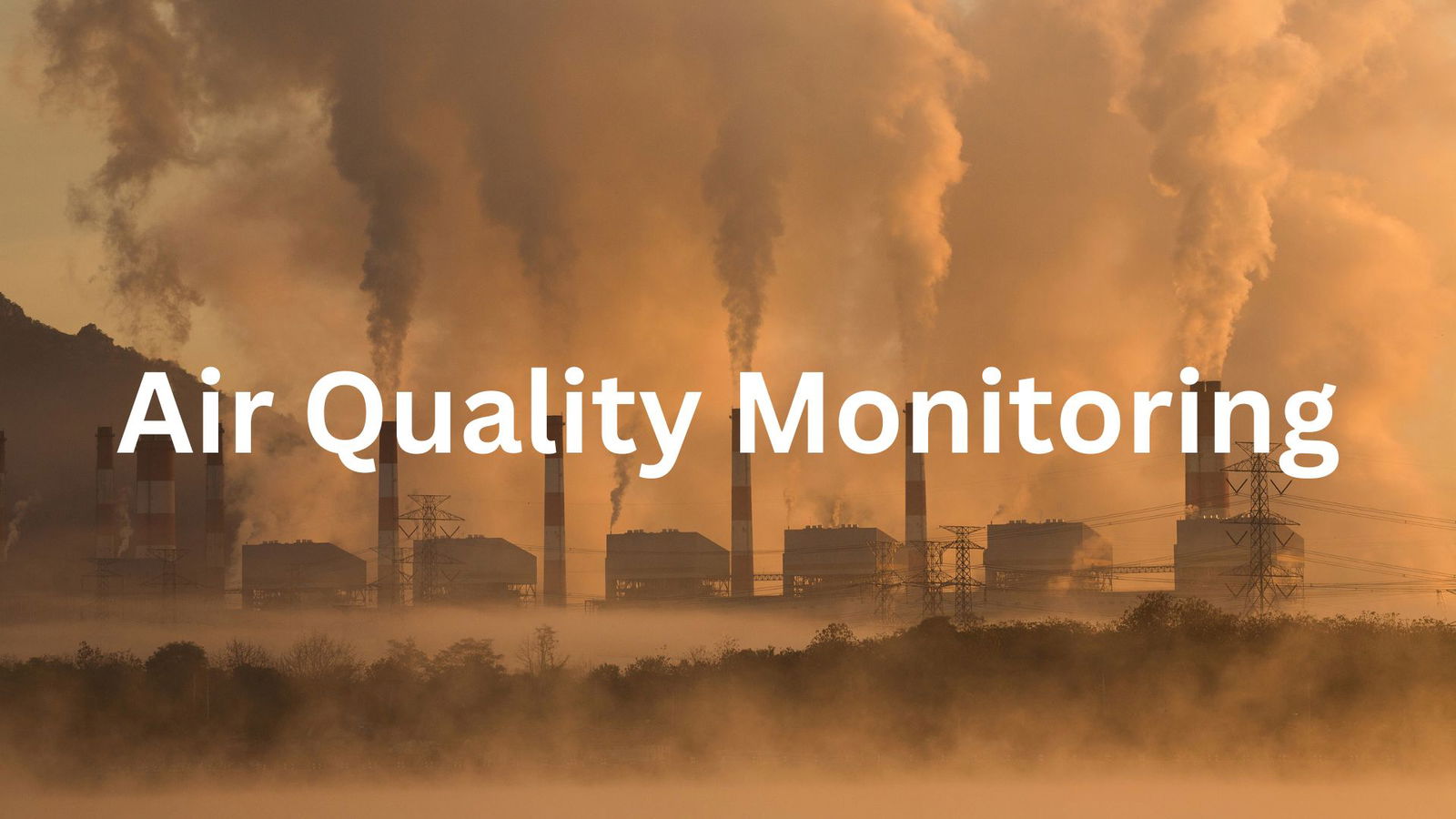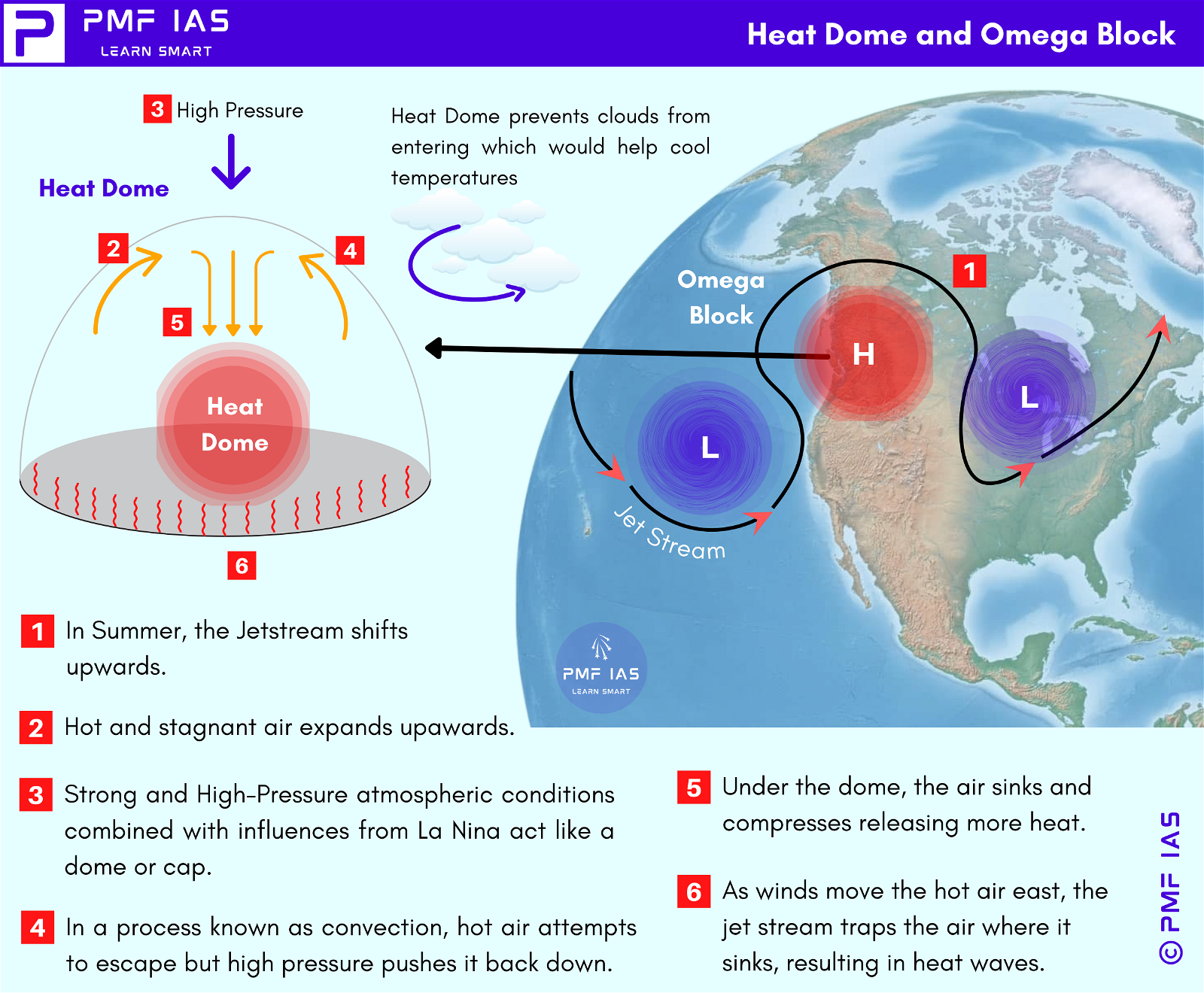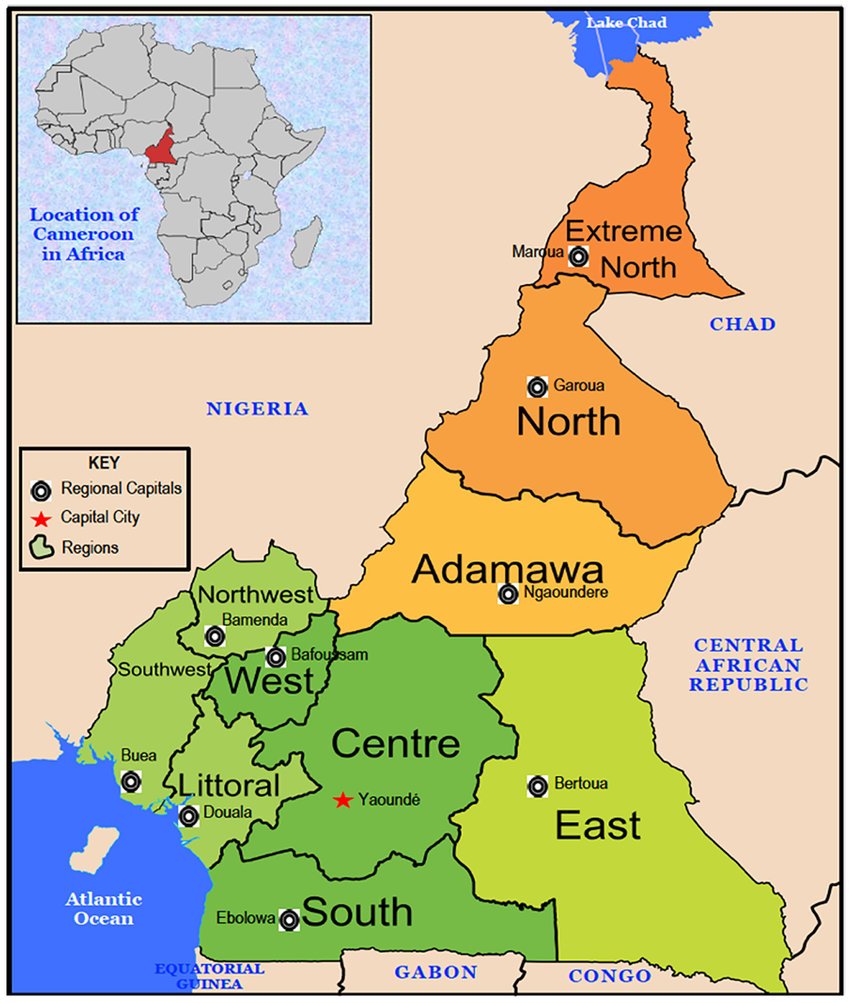
Current Affairs for UPSC Civil Services Exam – March 03-04, 2024
Subscribers of "Current Affairs" course can Download Daily Current Affairs in PDF/DOC
Subscribe to Never Miss an Important Update! Assured Discounts on New Products!
Must Join PMF IAS Telegram Channel & PMF IAS History Telegram Channel
{GS2 – MoJS – Initiatives} Swachhata Green Leaf Rating (SGLR) initiative
- Context (PIB): The Ministry of Jal Shakti, in collaboration with the Ministry of Tourism, introduced the Swachhata Green Leaf Rating (SGLR) initiative.
- It aims to revolutionize sanitation practices in India’s tourism industry.
- It aligns with PM’s vision for world-class hygiene and sanitation facilities for tourists.
- It fosters awareness through the Travel For LiFE (TFL) program under Mission LiFE.
- It strives to create an economically viable, responsible, and resilient tourism industry.
- Bison Resorts, MP, holds the first 5 Swachhata Green Leaf Rating Certificate of Recognition.
{GS2 – Polity – IC – Judiciary} SC’s Stand on Stay Order
- Context (TH I IE I IE): A Constitution bench of the SC overturned a 2018 ruling saying that the SC bench from 2018 did not have the power to set a time limit for vacating stay order.
What is the Stay Order?
- An interim stay order is a temporary measure to halt or defer the use of a property or land until a verdict is reached.
- It serves as a protective action taken by the court or legal authorities in India to secure the rights of a citizen.
- It may lead to the suspension of an entire case or the suspension of specific proceedings within an ongoing case.
- A judge may issue a stay order without formal prompting from the opposing party, emphasising its importance in critical developments.
Interim order
Guidelines issued by the SC for interim relief
|
Nature of Stay Order
- Stay orders can be classified into two types:
- ‘Stay of proceedings’ and
- ‘Stay of execution.’
- A stay of proceedings is issued when parallel proceedings may impact each other.
- On the other hand, a stay of execution involves a complete halt to the enforcement of a judgment, typically in cases where innocence is asserted, leading to a pardon.
- Stay orders can be conditional or absolute.
When a stay order is granted?
- The procedure for obtaining a stay order from the HC is the same as for any lower Court.
- Every Court has inherent authority to stay proceedings in any action where the plaintiff is in default or has disobeyed any lawful order of the Court.
- Any other Court may issue a precept to the HC, which is then ‘competent to execute such decree to attach any property belonging to the judgment-debtor and specified in the precept’.
What the 2018 bench ruled in the Asian Resurfacing case?
- In 2018, a three-judge bench was deciding a batch of cases involving the Prevention of Corruption Act.
- The SC passed several directions with regard to stay orders to address the big problem of undue delays in trials plaguing the criminal justice system applicable to both civil and criminal matters-
- Grant of stay invariably delays the trial, irrespective of which side benefits from it.
- SC held that interim orders of stay at the HC and Civil Court level would be only valid for six months unless, in exceptional cases, a speaking order extends the stay.
- At the end of this period, they will automatically be rescinded or “vacated”.
- The speaking order granting an extension must show that the case was of such an exceptional nature that continuing the stay was more important than having the trial finalised.
- The trial court may fix a date not later than 6 months from the date of the stay order.
Grounds for vacating the interim relief
|
What was the impact of the 2018 ruling?
- As anticipated, with the 2018 ruling, several trials on stay virtually rose in numbers without notice.
- Trial courts suddenly started issuing non-bailable warrants for not appearing before the Court.
- This ruling led to the various questions as follows:
- Can the SC, under Article 142 of the IC, order the automatic vacation of all interim orders of the HC of staying proceedings of civil and criminal cases on the expiration of a certain period?
- Can the SC, under Article 142 of the IC, direct the HCs to decide pending cases in which interim orders of stay of proceedings have been granted on a day-to-day basis and within a fixed period?
|
On what grounds has the 2018 ruling been undone?
- Asian Resurfacing judgment infringes on the discretion afforded to HCs to decide applications for vacation of stay orders under Article 226(3) of the IC.
- The constitutional courts should refrain from laying down precise timelines for deciding cases.
- Discretion of lower Courts: Lower Courts must be afforded discretion as they are more aware of “grassroots issues”.
- Caseload dynamics: The courts often have different patterns when it comes to their pending caseload, and so the concerned court is best placed to decide which cases to prioritise.
- The bench in the Asian Resurfacing case did not have the power to set a six-month time limit for vacating stay orders.
- The bench in Asian Resurfacing had invoked Article 142.
- Separation of Power: Only the legislature has the power to decide if a category of cases should be decided within a specific amount of time.
- The court said that the six-month time limit would amount to court-created legislation, which is impermissible.
- Prevents injustice: It recognises the need for flexibility and acknowledges that imposing precise timelines for deciding cases can sometimes lead to injustice.
- Automatically vacating a stay order after six months would, in fact, “defeat justice”
- Didn’t achieve the goal– The 2018 judgment did not achieve its goal of reducing case pendency and ensuring speedy disposal of matters.
About Article 226(3)
- Article 226(3) of the IC already provides a two-week time limit for High Courts to consider an application for the vacation of an interim order.
- If the application is not disposed of within those two weeks, Article 226(3) provides that the interim order will be vacated.
- It is pointed out that this essentially provides a process for automatically vacating a stay order, so long as an application is filed in the first place.
{GS3 – Agri – Dairy} Ways to Reduce the Production Cost of Milk
- Context (IE | IE): The primary objective of White Revolution 2.0 should be centered on reducing the production costs of milk at the farm-gate.
- The latest Household Consumption Expenditure Survey (HCES) for 2022-23 highlights that milk has become the primary food expenditure for both rural and urban areas in India.
- Rural the monthly averaged spending on milk is at Rs 314.
- Urban the monthly averaged spending on milk is at Rs 466.
- Significance: It is greater than any other expense incurred on vegetables, cereals, eggs, fish & meat, fruits, edible oil, spices, and pulses.
Concern
- The increased spending on milk is mainly due to 2 factors.
- Firstly, due to inflation. For example, the all-India modal price of milk has surged from Rs 42 to Rs 60 per litre in the last five years.
- Secondly, rising costs of fodder, feed, and raw materials necessitate dairies to increase procurement prices paid to farmers.
- Consumer affordability has its limits.
- Sustaining a balance i.e. Increasing farmer incomes without impacting domestic demand and global competitiveness requires a focus on reducing production costs to maintain market demand and competitiveness.
How the cost of milk can be reduced?
1.Increase milk production using new breeding technologies & genetic improvements.
New breeding technique
- Sex-sorted (SS) semen technology
- Using this technique, there’s over a 90% chance of producing only female calves.
- Whereas natural or artificial insemination (AI) typically results in only 50% female calves.
- Having 90% female calves means more cows, more milk.
Genetic improvements
- Naturally, 5-7 calves are produced by a cow during its entire lifetime through normal breeding.
- Using genetic technologies, there can be a significant increase in high genetic merit cows. For example,
- Embryo transfer (ET) technology: 12 calves can be produced from every donor cow per year.
- In-vitro fertilisation: 33-35 calves can be produced from every donor cow per year.
-
Embryo transfer (ET) technology
- ET can be used to exploit the high genetic merit (HGM) milking potential) of an existing cow.
- ET involves stimulating cows with follicle-stimulating hormones to release multiple eggs in a single cycle.
- These eggs are then fertilised with semen from a genetically superior bull.
- After fertilisation, the embryos are collected from the donor cow and implanted into the uteruses of multiple recipient animals.
- It allows to produce numerous calves from a single Highly Genetically Meritorious (HGM) cow.
-
In-vitro fertilisation
- It involves extracting the oocytes or immature ova directly from the cow’s ovaries using an aspiration pump.
- About 10-50 oocytes can be collected from each ovary at a time and are kept in an incubator for 24 hours to develop into an ova.
- In this case, the fertilisation of the mature ova takes place in vitro, i.e. outside the cow’s body, in a petri dish where the sperms are introduced.
- The zygotes formed remain in the in vitro culture medium for another six days, before ready for transfer to the recipient cows.
|
Steps taken
- In March 2020, Amul launched a Bovine Breeding Centre in Mogar, Gujarat. to breed a core group of Highly Genetically Meritorious (HGM) bulls and cows.
|
Breeds |
Average milk production per year |
|
Holstein Friesian |
10,000-12,000 litres |
|
Jersey |
7,000-10,000 litres |
|
HF-Gir & HF-Sahiwal crossbred |
5,000-7,000 litres |
|
Indigenous Gir, Sahiwal and Murrah buffalo |
3,000-4,000 litres |
2. Bring down feeding costs of animals
- This should be done by farmers cultivating high-yielding protein-rich green fodder grasses and reducing reliance on expensive compound cattle feed and oil-meal concentrates.
-
Steps taken
- Amul is putting up a 30-tonnes-per-day Total Mixed Ration (TMR) plant at Sarsa in Anand.
- TMR will contain dry and green fodder, along with concentrates, vitamins and mineral mixtures, in a ready-to-eat mashed form for animals.
- It would save farmers the cost of purchasing and storing fodder separately and administering it in addition to cattle feed.
{GS3 – Agri – Issues} Thailand’s criticism on India’s PDS
- Context (IE): Thailand has replaced its Ambassador to the WTO after India formally protested against her comments on India’s PSH (Public Stockholding) program.
Background
- The Thailand’s Ambassador criticised India’s rice procurement program (PDS).
- She suggested that India’s Public Distribution System (PDS) aims more at capturing the export market than benefiting the people.
- Tensions escalated between India and Thailand due to these comments.
- Consequently, Indian negotiators reportedly refused to participate in certain discussions where the Thai representative was present during the 13th Ministerial Conference of WTO in Abu Dhabi.
Cairns Group Concern
- The Cairns Group consistently challenges India’s PSH (Public Stockholding) program at the WTO.
- It claims that the program is heavily subsidized, distorting global food prices and harms the food security of other nations.
- The Cairns Group is also attacking the peace clause, triggered after India breached the de minimis limit.
- The interim peace clause was put in place in 2013 under the Bali Agreement to protect developing countries from being challenged for breach of subsidy levels.
- Thailand belongs to the Cairns Group, consisting of 20 nations.
Concerns regarding India’s PDS
- India has breached the de minimis limit in the case of rice.
- The WTO norms say that the support given should be within the 10% de minimis limit in the case of developing countries such as India.
- India informed the WTO that,
- The value of its rice production in 2019-20 was $46.07 billion.
- Subsidies given worth $6.31 billion or 13.7%, as against the permitted 10%.
- India’s argument:
- India has questioned the way subsidies are calculated at the WTO, saying it is calculated at a fixed and outdated 1986-88 price, which overestimates the subsidy. India is seeking to change it at the WTO negotiations on agriculture.
- India has been arguing that the subsidy that it provides is far less than what the US and EU give.
- Subsidy to Indian farmers: $300 per farmer.
- Subsidy to US farmers: $40,000 per farmer.
|
To know about the Agreement on Agriculture (AoA) in detail, visit > Agreement on Agriculture(AoA).
{GS3 – Envi – Conservation} Global Waste Management Outlook 2024
- Context (DTE): Global Waste Management Report presented during the Sixth United Nations Environmental Assembly (UNEA-6) in Nairobi.
- Report Title: Turning rubbish into a resource: Global Waste Management Outlook.
- Published by: United Nations Environment Programme (UNEP) in collaboration with the International Solid Waste Association (ISWA).
Report Highlights
- More than a third of the world’s population, particularly in developing regions, faces challenges with waste management.
Statistics on Waste Collection
- Over 2.7 billion people, primarily in the Global South and developing regions, lack access to waste collection services.
- Of these, 2 billion reside in rural areas, while 700,000 are in urban settings.
- An estimated 540 million tonnes of municipal solid waste (equivalent to 27% of the global total waste) needs to be collected.
Disparities in Waste Collection
- Developed and upper-middle-income regions exhibit higher waste collection rates compared to Sub-Saharan Africa and Central and South Asia.
- The global average waste collection rate stands at 75%.
Projected Increase in Waste Generation
- Predictions suggest a rise in global waste generation from 2.3 billion tonnes in 2023 to 3.8 billion tonnes by 2050.
- The associated costs of waste management are also expected to escalate.
Financial Implications
- The direct cost of waste management in 2020 was approximately $252 billion, which rises to $361 billion when hidden costs like pollution and health impacts are considered.
- Without immediate action, annual costs could soar to $640.3 billion by 2050.
- In 2020, the global direct cost of waste management was estimated at $252 billion.
{GS3 – IE – Industry} Made in India | ASTDS Tug
- Context (PIB): The Ministry of Ports, Shipping & Waterways (MoPSW) recently unveiled the ‘Ocean Grace,’ an ASTDS tug with a 60-ton bollard pull, and the Medical Mobile Unit (MMU).
ASTDS Tug
- Tugs are specialized vessels designed to help other ships in and out of ports.
- These boats primarily aid in moving larger ships by towing, pushing, and guiding them.
- Many tugs are equipped with fire suppression and other systems to assist larger ships in emergencies.
- The Approved Standard Tug Design and Specifications (ASTDS) tug is powered by NIGATA main engines and a Power Z-Peller ZP Propulsion engine.
- This tug has been crafted to ensure peak efficiency and reliability, guaranteeing smooth navigation and adept assistance to vessels, particularly large ones like Very Large Crude Carriers (VLCCs) and Ultra-Large Crude Carriers (ULCCs).
|
Medical Mobile Unit (MMU)
- The MMU reflects the port’s commitment to corporate social responsibility (CSR).
- Staffed with skilled medical professionals, the MMU provides services like maternal and pediatric care, disease management, and health awareness programs.
Green Tug Transition Program (GTTP)
- MoPSW initiated the ‘Green Tug Transition Programme’ (GTTP) to convert all tugboats into ‘Green Hybrid Tugs’ running on non-fossil fuels like Methanol, Ammonia, and Hydrogen.
- GTTP will convert tugs into green hybrids powered by hybrid propulsion systems and then adopt non-fossil fuel solutions.
- India aims to become the global hub for building Green Ships by 2030.
- Initial green tugs are targeted to operate in major ports by 2025.
- The goal is to convert at least 50% of all tugs into green ones by 2030, reducing emissions and promoting sustainable development.
- These efforts align with achieving the UN’s Sustainable Development Goal 14.
- Under GTTP, India’s first Centre of Excellence in Green Port & Shipping (NCoEGPS) was established through collaboration between the MoPSW, GoI and the Energy and Resources Institute (TERI).
- The National Centre of Excellence for Green Port & Shipping (NCoEGPS) will act as the nodal entity for the industry for building green ships.
{GS3 – IE – Industry} Sourcing of Critical minerals
- Context (IE): The Ministry of Mines hosted two meetings with industry stakeholders to discuss opportunities for the mining of critical minerals by Indian companies in Sri Lanka and Australia.
- It is in line with India’s aim to strengthen India’s critical minerals supply chain through the acquisition of overseas mineral assets.
Why Sri Lanka?
- Sri Lanka has valuable reserves of vein graphite, a pure form of natural graphite.
- It is only found in the island nations.
- Graphite is a crucial mineral, mainly used as the anode material in lithium-ion batteries.
- In lithium-ion batteries, graphite is the heaviest component by weight.
- An average electric vehicle (EV) uses up to 70 kilograms of graphite.
- Sri Lanka has graphite reserves of around 1.3 million tonnes (US Geological Survey).
- Graphite mining in Sri Lanka peaked during the two World Wars in the 20th century, hitting over 30,000 tonnes in annual exports.
- In 2023, however, the country only exported graphite weighing around 2,500 tonnes.
India’s Graphite reserves
- India graphite reserves: 8.56 million tonnes (as per the National Mineral Inventory).
- Distribution: Arunachal Pradesh, Jammu & Kashmir, and Jharkhand, with these three states collectively accounting for 74 per cent of India’s graphite resources.
- Concern: Only Tamil Nadu, Jharkhand, and Odisha have graphite reserves, which are measured resources that are economically viable to extract.
-
India’s production & Import in FY22
- Production: 57,264 tonnes of graphite.
- Imports: 54,052 tonnes (FY22) from countries like China, Madagascar, and Mozambique.
Why Australia?
- Australia produces almost half of the world’s lithium and is the second-largest producer of cobalt.
- Both lithium and cobalt are used in EVs and consumer electronics.
Steps taken
- MoU signed between Khanij Bidesh India Limited (KABIL) and Australia’s Critical Minerals Office (CMO)
- The MoU aimed to jointly fund mineral explorations and aid potential Indian investments in critical minerals projects in Australia.
- In March 2023, KABIL and CMO pinpointed 2 lithium and 3 cobalt target projects for due diligence studies.These studies are currently in progress.
- The mines ministry supports central PSUs like Coal India, NTPC, and Steel Authority of India in acquiring critical mineral assets overseas.
- Proposals are shared through partner countries in the US-led Minerals Security Partnership (MSP). Australia is also part of this partnership.
Minerals Security Partnership (MSP)
|
To know more about critical minerals, visit > Critical Minerals.
{GS3 – IS – Defence} Grey zone warfare
- Context (IE): In the 2024 Raisina Dialogue, India’s Chief of Defence Staff said that grey zone warfare is the latest in informal warfare.
Why do Countries engage in Grey zone warfare?
- To prevent nuclear war: The Cold War era started after World War II in 1945 and created conditions conducive to grey zone warfare. The US and USSR having nuclear weapons meant avoiding direct conflicts due to the nuclear threat.
- Conventional conflicts have become expensive: Nations prefer promoting their goals through covert aggression. For example, state-sponsored cyber-attacks.
- For Strategic Advantage: According to experts, parties with limited resources or power commonly use these methods. Such tactics can provide an advantage over a technically well-equipped adversary. This is especially true when the adversary is more accustomed to conventional warfare.
Examples of Grey zone warfare
- Presence of more than 135 Chinese maritime militia vessels near a disputed reef (between China & Philippines) in the South China Sea.
- Stepped-up Chinese military action, such as fighters regularly flying over the strait of Taiwan.
- The US economic sanctions against China and imposition of duties on Chinese imports to the US.
Why is grey zone warfare seen as a separate category?
- Firstly, actions are often covert or indirect, demanding a measured and proportionate response from a country. So that the use of force would then be legitimised later as a form of self-defence.
- Secondly, for projecting their strength and asserting territorial claims by consistently maintaining a presence in disputed regions.
- Example: Galwan Valley attack.
To know more about Grey zone warfare, visit > Grey zone warfare
{GS3 – S&T – Defence} Very Short-Range Air Defence System (VSHORADS)
- Context (PIB): DRDO conducted two successful flight tests of the VSHORADS missile.
- VSHORADS (Very Short-Range Air Defence System) is specifically designed to counter low-altitude aerial threats over short distances.
- It is a Man Portable Air Defence System (MANPAD) designed and developed indigenously by the Defence Research and Development Organisation in collaboration with Indian industry partners.
- These are short-range, lightweight, and portable surface-to-air missiles that individuals or small groups can fire.
- It incorporates novel technologies, including a miniaturized Reaction Control System (RCS) and integrated avionics.
- A dual-thrust solid motor propels the missile.
What is a Reaction Control System (RCS)?
- An RCS is responsible for attitude control and steering using thrusters.
- It provides small amounts of thrust in any desired direction or combination of directions.
- It can provide torque for controlling rotation (pitch, yaw, and roll).
What are MANPADS?
- MANPADS (Man-Portable Air Defence Systems) are short-range, lightweight, and portable surface-to-air missiles.
- Individuals or small groups can fire them to destroy aircraft or helicopters.
- MANPADS are most effective in targeting low-flying aircraft.
- Their maximum range is 8 kilometres, and they can engage targets at altitudes of 4.5 kilometres.
- These systems play a crucial role in shielding troops from aerial attacks.
{Prelims – In News} Vikramaditya Vedic Clock
- Context (TOI): PM inaugurated the ‘Vikramaditya Vedic Clock, the world’s First Vedic Clock, installed in Ujjain, Madhya Pradesh.
- The Vedic clock is positioned on an 85-foot high tower within the Jantar Mantar area in Ujjain, adjacent to the Government Jiwaji Observatory.
- It exhibits information related to Vedic Hindu Panchang (Almanac), planetary positions, Muhurat, astrological calculations, and predictions, and also indicates Indian Standard Time (IST) and Greenwich Mean Time (GMT).
- The clock showcases 30 Muhurats, tithi, Parva, Shubh Muhurat, Ghati, Nakshatra, moon position, solar eclipse, lunar eclipse, etc.
- The Vedic clock is an attempt to restore the tradition of Indian time calculation, as the clock would also provide details.
- The clock will calculate time from one sunrise to another.
- The period between the two sunrises will be divided into 30 parts, with one hour consisting of 48 minutes, according to ISD.
- The reading will start from 0:00 with the sunrise.
History
|
{Prelims – S&T – Defence} MH 60R Seahawk
- Context (PIB): The Indian Navy is set to commission the MH 60R Seahawk, a maritime variant of the Blackhawk helicopter, at INS Garuda in Kochi.
- The Seahawks squadron will be officially commissioned as INAS 334.
- These versatile helicopters are designed to excel in various roles, including:
- Anti-submarine warfare (ASW): Detecting and countering submarine threats.
- Anti-surface warfare (ASuW): Engaging surface vessels and targets.
- Search and rescue (SAR): Rescuing personnel in distress.
- Medical evacuation (MEDEVAC): Transporting injured individuals.
- Vertical replenishment (VERTREP): Supply transfer between ships.
- The MH 60R Seahawk, rigorously tested in Indian Reference Atmosphere (IRA) conditions, boasts advanced weapons, sensors, and an avionics suite.
- These capabilities make it ideal for the Indian Navy’s maritime security needs, addressing both conventional and asymmetric threats.




![PMF IAS Environment for UPSC 2022-23 [paperback] PMF IAS [Nov 30, 2021]…](https://pmfias.b-cdn.net/wp-content/uploads/2024/04/pmfiasenvironmentforupsc2022-23paperbackpmfiasnov302021.jpg)


